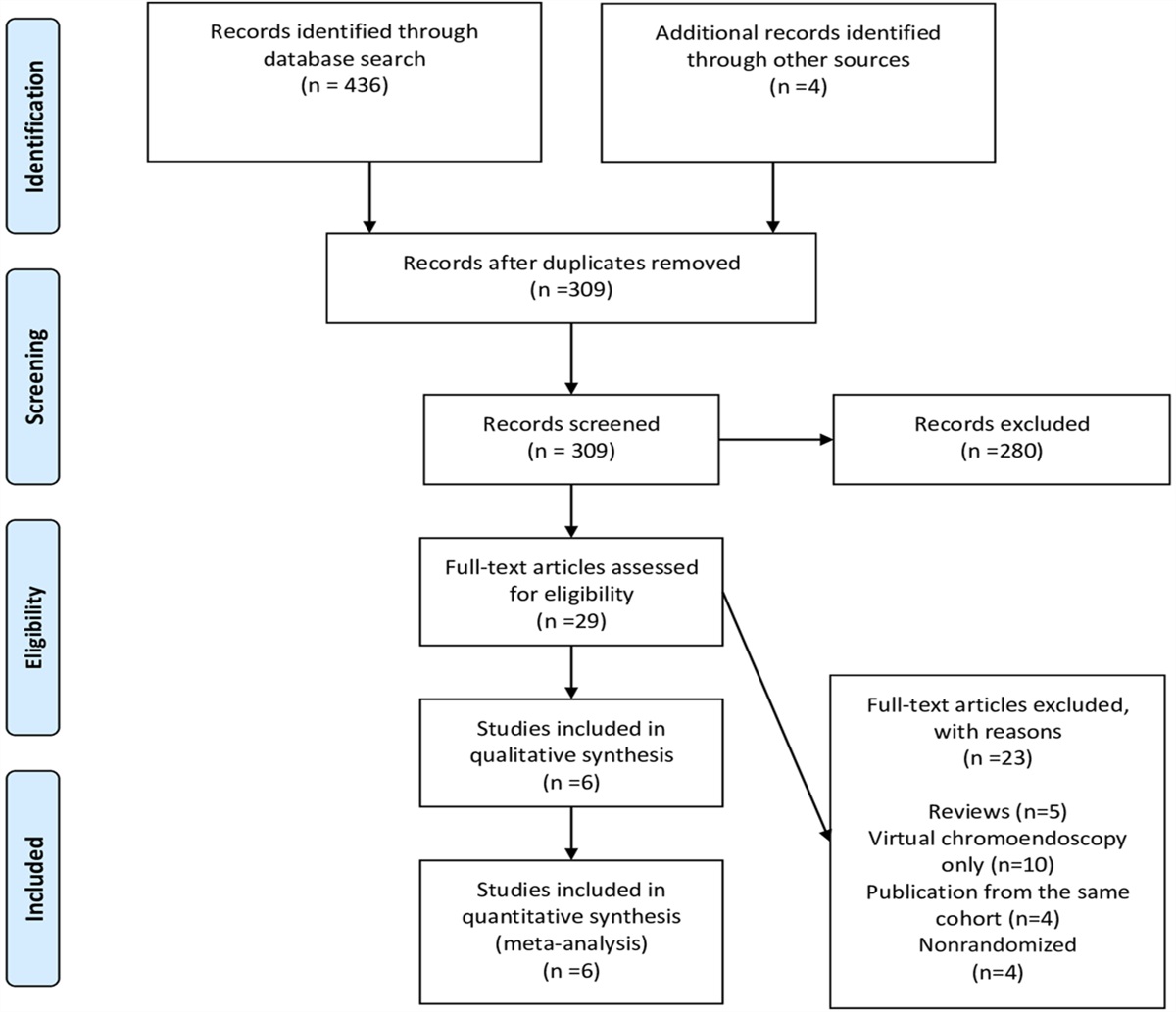
Background:
Pregnancy outcomes in patients with inflammatory bowel disease with quiescent disease are similar to those in the general population. Data from the Pregnancy Inflammatory bowel disease And Neonatal Outcomes registry have demonstrated the safety of antitumor necrosis factor (TNF) α agents and thiopurines in pregnancy. The objective of this study was to provide information from the Pregnancy Inflammatory bowel disease And Neonatal Outcomes registry on maternal and fetal outcomes in patients exposed to the newer biologics ustekinumab (UST) and vedolizumab (VDZ).
Methods:
In this multicenter prospective observational study, we included pregnant women with singleton pregnancies and a diagnosis of inflammatory bowel disease. Questionnaires were administered to women at study intake, each subsequent trimester, delivery, and 4, 9, and 12 months after birth. Bivariate analyses were used to determine the independent effects of specific drug classes on outcomes. The exposure cohorts were VDZ, UST, anti-TNF, immunomodulators, and combination with anti-TNF and immunomodulators. All were compared with no exposure and with biologics/immunomodulators.
Results:
There were 1,669 completed pregnancies with 1,610 live births. The maternal mean age was 32.1 (SD 4.6) years at delivery with 66 VDZ exposed and 47 UST exposed. Women on UST were more likely to have Crohn’s disease. There was no increased risk of spontaneous abortion, small for gestational age, low birth weight, neonatal intensive care unit stay, congenital malformations, or intrauterine growth restriction with in utero VDZ or UST exposure. The rate of preterm birth was lower (0.0%) for the UST-exposed cohort when compared with other cohorts including VDZ (13.8%), anti-TNF (8.2%), combination therapy (14.2%), immunomodulators (12.3%), and unexposed (9.7%) (P = 0.03). Rates of serious infections at birth, 4 months, and within the first 12 months of life were comparable among all cohorts. Nonserious infections were lower at 12 months in UST-exposed pregnancies. There was no increased risk signal for placental complications in the VDZ cohort. UST infant concentrations at birth were increased whereas VDZ concentrations were overall decreased compared with maternal serum drug concentration.
DISCUSSION:
This analysis of UST and VDZ exposure during pregnancy suggests no increase in complications compared with TNF, immunomodulators, and combination TNF/immunomodulators. No signal was found for increased placental events with either therapy. Continuation of UST and VDZ throughout pregnancy is recommended.
Discover more from reviewer4you.com
Subscribe to get the latest posts to your email.


